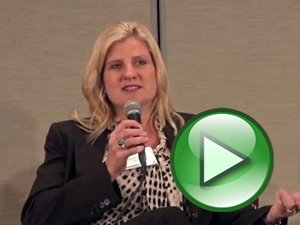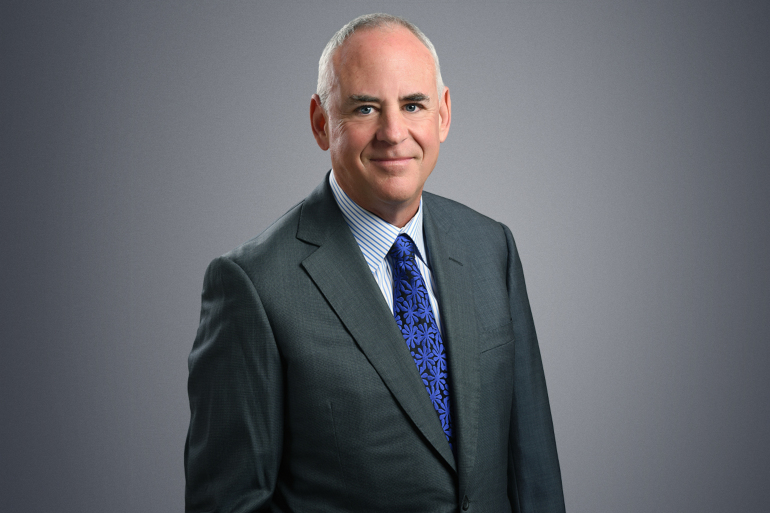News & Insights
Press, Media, & Articles

Video Recap of Bisnow's SoCal Industrial Summit & State of the Ports
John C. Condas served as moderator
Press Mention
12.04.12
 |
|
| As a tipple, port has lost favor. As an industrial RE market--—let’s just say the experts at our Summit last Wednesday toasted the LA/Long Beach Port complex. |
|
|
Supply chain guru Jon DeCesare, president of World Class Logistics Consulting, notes that the Port of LA/Long Beach is significantly bigger than anyone else in North America, with close to $1B coming through per day. With a combined infrastructure investment of more than $6B, the Ports will be pushing more product off the docks quicker than ever before, which means more demand for warehouses and yard space. During the recession, corporate America began to focus on supply chain issues. Although execs tend to commoditize warehouses, industrial developers who understand their sites’ strengths and challenges from a user standpoint will have an advantage. By introducing a logistics story about the building, “it adds value to the proposition and it somewhat takes that [focus on] price only off the table.” |
Our moderator, Allen Matkins partner John Condas, notes new port regs drive up the cost of distribution but also help from an environment standpoint. That said, clients are facing a lot of headwinds, including from the SCAQMD. To counter negative perceptions regarding logistics facilities, NAIOP’s Inland Empire chapter is having two studies done as part of an advocacy program—one showing that truck emissions at the Port are far lower than air quality studies assume (due to the use of cleaner trucks), the other demonstrating that logistics facilities do have economic value. In addition, John says, “The clouds of uncertainty associated with RDA dissolution have finally lifted” and he expects to see some transactions starting next year. |
|
According to Panattoni Development partner Mark Payne, industrial facilities are like fashion and the facilities without trailer storage are the bell bottoms. Panattoni builds large buildings as well as small buildings for sale to entrepreneurs: “What we’re trying to do is design the best building for the market.” With Port users placing the highest priority on location and staying away from residential areas, LEED cert is near the bottom of the hierarchy of true needs but definitely on the radar screens of investment funds and pension funds. “Unfortunately, we have not found tenants that are willing to pay the nickel more to get it.” Under Calgreen, however, developers in California virtually are building to LEED without the plaque. |
According to CBRE vice chairman Barbara Emmons, SoCal is on the must-buy list for institutions across the US, and the Ports are a massive driver of that. “Even though you might have to dip down to a fairly low cap rate to buy core product” here, you feel that over time it’s going to be a safe bet. In addition, Barbara says the growth of Internet sales is having a positive effect because more warehousing is needed, and people are looking for industrial sites near UPS and FedEx stations. With next-day delivery, you’re going to see infill locations as well as locations farther out, “where the lighter-weight products can get shipped more easily.” |
|
Southwest region president Kim Snyder says Prologis has embraced LEED—not just building to the standard, but having LEED-certified construction managers who know how to work the paperwork a little more efficiently. “Calgreen holds you to that standard anyway, “so a few extra bucks thrown at it will get you the certification.” At the same time, he points to a dichotomy in the firm’s approaches: With the older, Class-B buildings at its Port complex, it’s tough to go LEED without the tenants’ cooperation because their TI dollars are going to go to less build-out but a higher quality, more sustainable finish. But new development is built to LEED at an absolute minimum “and then we take it up from there.” |
Related Professionals
RELATED INDUSTRIES
Allen Matkins Leck Gamble Mallory & Natsis LLP. All Rights Reserved.
This publication is made available by Allen Matkins Leck Gamble Mallory & Natsis LLP for educational purposes only to convey general information and a general understanding of the law, not to provide specific legal advice. By using this website you acknowledge there is no attorney client relationship between you and Allen Matkins Leck Gamble Mallory & Natsis LLP. This publication should not be used as a substitute for competent legal advice from a licensed professional attorney applied to your circumstances. Attorney advertising. Prior results do not guarantee a similar outcome. Full Disclaimer







